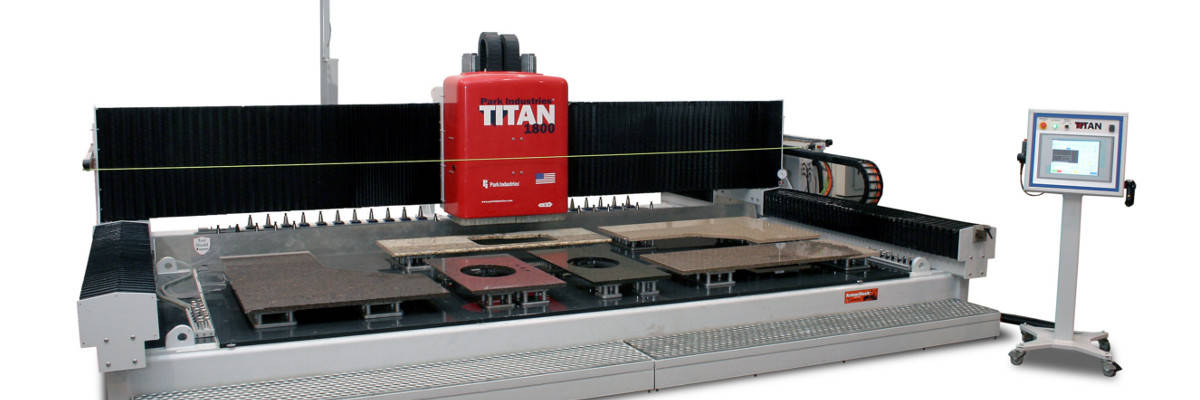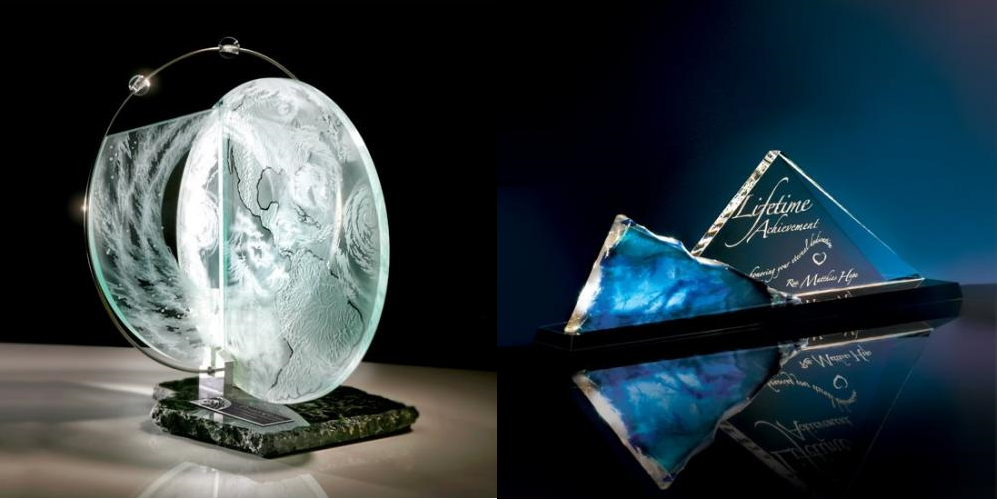-
Headquarters -
660 Neal Drive, Peterborough, Ontario K9J 6X7
-
Year established -
1977
-
NAICS -
337215 - Showcase, partition, shelving and locker manufacturing
-
Major expansions -
1988
-
Employees -
55
-
Exports -
N/A
-
Download -
Pan-Oston Limited
Pan-Oston is a leading manufacturer of metal retail fixtures, best known for producing checkout lanes. The firm is a founding member of a cooperative organization, Complete Retail Solutions (CRS), which joins together best-in-breed manufacturers of complementary retail fixtures to create a stronger presence in the industry than any one member would have individually. Halfway through a five-year strategic plan, Pan-Oston is revamping to remain ahead of the curve of an evolving retail environment with implications in market conditions, consumer preferences, and e-commerce.
Pan-Oston Ltd. (Pan-Oston) is a leading manufacturer of metal retail fixtures, the most prominent of which are checkout lanes. Originally established as retailers began retrofitting their equipment to incorporate new scanning technology, the firm has a long history of changes in ownership and strategic direction to match new retail trends. Today, Pan-Oston is focused on adapting to the latest changes in the retail environment, which include alternative payment systems, digital technology, and the rise of e-commerce.
Pan-Oston began in 1977 as the Canadian branch of its Finnish parent company Halton. As a metal fabricator that specialized in creating air-handling equipment and small retail checkout fixtures, Pan-Oston found itself in North America just as retail scanning technology was beginning to catch on. With the majority of checkout systems across the continent being retrofitted to accommodate this new technology, designing and manufacturing retail checkout fixtures quickly became the sole aim of the business.
In 1988, Pan-Oston expanded into the United States, a move that was partially led by Greg Butler, one of the company’s managers at the time and now its president. In 1998, Butler left Pan-Oston to work on a new venture, meanwhile Pan-Oston began shifting its focus away from the Canadian market and towards the larger U.S. market. In 2002, Butler and two other former Pan-Oston managers started a new organization, Complete Retail Solutions (CRS), which aims to connect and coordinate manufacturers of complementary retail equipment. Shortly after, Butler and his CRS co-founders bought Pan-Oston’s Peterborough location and turned its focus back to the Canadian market.
CRS is a cooperative organization that joins together best-in-breed manufacturers of complementary retail fixtures, giving them a stronger presence in the market than each would have individually. Each of its members specializes in one aspect of retail fixture production, such as signage, digital displays, point-of-sale mounting systems, specialty displays and cases, and décor. While each partner alone commands a relatively small presence in the full retail fixture market, CRS is able to collectively market a wide range of expertise that as a whole is greater than the sum of its parts; this gives partners additional legitimacy when marketing to new customers and industries, more referrals, and the ability to expand their product lines.
Butler has found that the ability to pitch Pan-Oston’s capabilities as part of a comprehensive package of products and services is much more effective than pitching those capabilities by itself.
Pan-Oston is well known in the retail industry for its impressive track record of producing metal-based retail checkout lanes. The firm has supplied every checkout for Walmart Canada and has substantial contracts with other big box stores such as Home Hardware and Canadian Tire. In addition, Pan-Oston has regional contracts with Metro and Loblaws, and has supplied many small, independent grocers across Canada. Although the company’s strong reputation for metal checkouts helps it to generate sales, Butler finds that it can also be a hinderance at times, pigeonholing Pan-Oston as a business that only produces checkouts despite the ability and desire to expand its product line.
The firm’s partnership with CRS has been extremely beneficial towards this expansion. By co-producing products with other CRS members, Pan-Oston has been able to expand its product line to offer advanced fixtures, such as metal kiosks with integrated digital displays and checkouts with point-of-sale systems that are convertible between traditional checkouts and self-checkouts. Butler has found that customers are now much more open to purchasing integrated products than having to rely on several suppliers, with each only focusing on one component.
Finding new ways to expand its product line is just one part of Pan-Oston’s five-year business strategy. In 2016, two years after a large downturn in 2014, the firm developed a plan to adapt to the shifting retail environment. Due to changing consumer habits and significant e-commerce disruption, retail orders have become smaller and more competitive. Pan-Oston—long accustomed to filling large orders—has had to maximize its production efficiency to find profitability in small orders. The company achieved this aim through a coordinated strategy that involved artificially breaking large orders into small ones, conducting targeted employee education and training sessions, and encouraging production suggestions from workers on the shop floor. Ultimately, these developments led to a stronger emphasis on lean manufacturing practices, reducing production lead times. As a result, Pan-Oston can now produce a full store’s worth of checkouts in just three days.
Butler says that this strategic plan was born out of a “change or perish” mentality for the firm.
Having spent the last three years addressing in-house issues, Pan-Oston is currently aiming to grow its sales and fill unused production capacity. The company has increased its use of traditional marketing too, relying less on word-of-mouth promotion. In 2017, Pan-Oston received a $100,000 grant from the Eastern Ontario Development Fund to spend on promotional initiatives and showroom equipment. In addition, Pan-Oston has been able to fill some of its capacity by co-producing new products with CRS and by taking advantage of the organization’s strong market power. Ten percent of its sales are generated through CRS partnerships, but Butler would prefer that number to be closer to 50 percent.
Although Pan-Oston once maintained a workforce of 100 employees, it has 55 today. As a by-product of its goal to increase sales, the firm aims to rebound permanently to a workforce of 100. However, retailers’ preferences to open new stores before the winter months cause a seasonality fluctuation in employment. Butler finds it difficult to have to lay off experienced workers during the winter, so they are now focused on working with their customers to level-load their manufacturing capacity by building stock and offering off-season discounts. Many of these workers have been with the firm for upwards of 40 years.
Pan-Oston requires semi-skilled labour, often selecting candidates with a college-level technical background. However, above all, the company values candidates who are motivated and reliable, and who can then be trained in-house for the specific tasks required. To this end, the business has made large investments to develop a strong training program.
By recognizing its place in a quickly-changing retail environment, Pan-Oston is securing a competitive position for the future. With anticipatory changes to its production process and access to new markets through its partnership with CRS, the firm is dedicated to remaining a leader in the Canadian retail fixture industry.
For more information about Pan-Oston Limited, visit their website.
Published: October 28, 2019

StevensE3
stevensE3 designs and builds innovative exhibits, environments and events by providing insightful design and using the latest technology to produce high impact, award winning solutions.

KW Countertop
Postform is the manufacturing arm of KW Countertop, producing high quality and environmentally friendly countertops from various materials.

FASTSIGNS of Windsor
FastSigns of Windsor offers full-service solutions in graphic design, signs, promotional products and custom solutions to fit every clients’ marketing needs.

Alpine Graphics Productions
Alpine Graphic Productions Ltd. manufacturers graphics for large customers in the fleet, interior, and exterior graphics industries.

Prestige Glass International
Located in the small community of Elliot Lake, Ontario, Prestige Glass International (Prestige Glass) designs and manufactures glass awards of the highest quality, providing customers with the ability to present a deserving recipient with a unique and timeless gift of recognition. The company offers a large catalogue of stock items—including glass awards, art glass, wall plaques, aqua shaping, and desk accessories—that can be customized, as well as the option to design a completely unique award.


